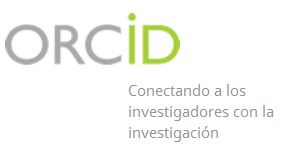A look at the COVID-19 atlas in Havana
Keywords:
SARS-CoV-2, COVID-19, COVID-19 risk, economic and social vulnerability, graphic and cartographic representationsAbstract
The cartographic work Havana: atlas of the COVID-19 was the result of research carried out during the period of this pandemic in the province of Havana, in the years 2020 and 2021, by several specialists of the Temporary Technical Group of Modelling and Epidemiology, made up of epidemiologists, mathematicians, computer scientists, computer scientists, physicists, geographers and meteorologists. This work, the result of research coordinated by the Faculty of Geography of the University of Havana, brings together some of the main results of different analyses, representations, thematic maps, mathematical models, predictions, graphs, tables and diagrams that made it possible to answer a series of questions and generate knowledge about the distribution of the diseased population, the vulnerability of the city and its population, and socio-demographic characteristics. The research also provided information on the areas with the highest risk of COVID-19 in Havana, resilience to the pandemic, and the impact of the health intervention and the vaccination campaign. The atlas was structured in nine chapters, which complement each other. It is considered useful for management and teaching purposes, and could be used to generalise the experience to other provinces in the country.
Downloads
References
Downloads
Published
How to Cite
Issue
Section
License
Those authors who have published with this journal, accept the following terms:
a. The authors will keep their copyright and guarantee the magazine the right of first publication of their work, which will be simultaneously subject to the Creative Commons Attribution License that allows third parties to share the work as long as the author and first publication of this magazine are indicated.
b. The authors may adopt other non-exclusive license agreements for the distribution of the published version of the work (e.g., deposit it in an institutional telematic archive or publish it in a monographic volume) as long as the initial publication in this journal is indicated.
c. Authors are allowed and recommended to disseminate their work through the Internet (e.g.: in institutional telematic archives or in their web page) before and during the submission process, which may produce interesting exchanges and increase the number of citations of the published work. (See The effect of open access).





